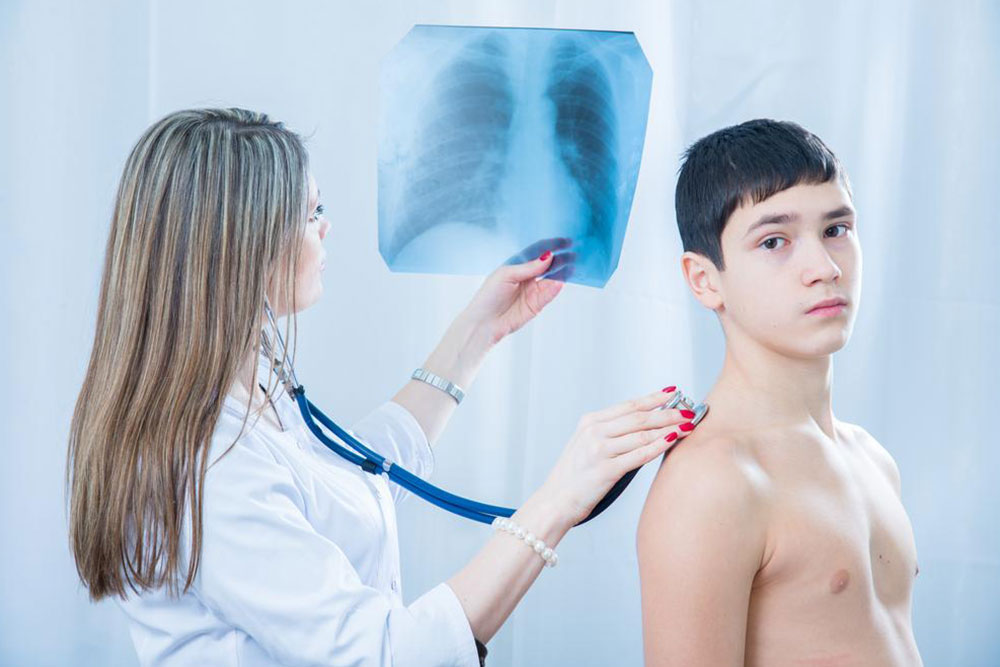Effective Ways to Identify Symptoms of Bronchitis and Pneumonia
Learn how to accurately identify bronchitis and pneumonia symptoms with our comprehensive guide. Understand the differences, typical signs, and treatment options for both acute and chronic forms. Early recognition and proper care are vital for effective recovery, especially for vulnerable groups like smokers and the elderly. Discover effective self-care strategies and when to seek medical help to prevent complications and maintain lung health.

Effective Ways to Identify Symptoms of Bronchitis and Pneumonia
Bronchitis involves inflammation of the bronchial tubes, responsible for air passage to the lungs. Pneumonia is an infection that impacts lung tissue itself. Although both conditions can cause persistent coughing and often follow colds or flu, they differ significantly. Only a healthcare professional can accurately diagnose and prescribe appropriate treatment. Common signs include coughing up mucus, breathing difficulty, mild fever, wheezing, and chest discomfort. There are two forms: acute, which is short-term, and chronic, which persists over time. Pneumonia worsens when infection spreads into the lungs, filling alveoli with fluids. It's more prevalent among smokers, seniors, and immunocompromised individuals. Causes include bacterial infections and exposure to irritants like tobacco smoke, dust, and pollution.

Acute bronchitis or pneumonia usually follows viral illnesses and resolves within weeks, while chronic forms last months or years. Symptoms to watch for include chest tightness, productive cough with colored mucus, shortness of breath, wheezing, fatigue, fever, sore throat, headache, and body aches. Breathing may become labored, and general exhaustion is common. Treatment for acute cases involves rest, hydration, warm moist air inhalation, and over-the-counter pain relievers. Chronic conditions often require quitting smoking, vaccinations, inhaled medications, steroids, and sometimes oxygen therapy or lung transplants. Preventative measures and prompt medical attention are essential for managing these respiratory infections effectively.
Chest congestion and tightness
Persistent cough with mucus
Breathing difficulty and wheezing
Fatigue and body aches
Fever and sore throat
Treatment strategies for bronchitis and pneumonia: People are advised to rest, stay hydrated, inhale warm moist air, and use cough suppressants like dextromethorphan. For longer-lasting or severe cases, doctors may prescribe inhalers, anti-inflammatory drugs, oxygen therapy, or antibiotics (for bacterial infections). Lifestyle changes such as quitting smoking and performing breathing exercises, like pursed-lip breathing, can improve lung function. Always consult a healthcare provider if symptoms persist beyond a few weeks or worsen, to prevent complications.
Additional self-care tips:
Eliminate irritants such as smoke and pollutants
Engage in breathing exercises to strengthen lungs
Since bronchitis and pneumonia are common but treatable conditions, early diagnosis and care are crucial. Monitoring symptoms and seeking medical advice when symptoms linger is recommended. Recovery can take time, but proper management helps prevent serious health issues.










